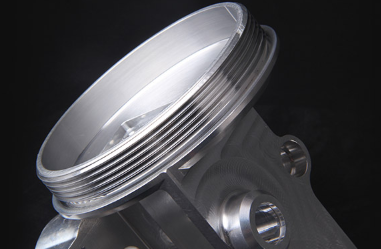Silicone Successfully Achieves 3d Printing
Here is 3d Printing Prototyping Service Factory talking about Silicone successfully achieves 3D printing.
Material maturity and expansion have long been one of the important factors in the development of 3D printing technology. In the medical field, because it is a very special kind of application field, it puts forward higher requirements on the physical and chemical characteristics, process flow and software of 3D printing materials, especially the biocompatibility of materials and products. Claim. Materials are currently available for 3D printing, such as resins, alloys (such as nickel-based chromium, cobalt, aluminum, titanium, etc.), polymers, ceramics, plastics, and the like. Among them, as a polymer elastomer that has been widely used in the medical industry, the biggest advantage of silicone is that it is simple, safe, and has good biocompatibility. Silicone elastomers have excellent flexibility and elasticity, and their appearance and feel are closer to the human body than other materials.

Previously, silicone molding used a complex injection molding process: the manufacturer had to first prepare the mold and then inject the liquid silicone rubber into it. This method is too costly and is only suitable for mass production. Silicone 3D printing enables a completely new part design.
Silicone 3D printing covers different lifecycles of products, eliminating the need to use any tools or molds to convert digital models directly into physical quantities, reducing production costs, saving production time, dramatically reducing cycle times, and improving quickly during product development Products; on the other hand, silicone 3D printing also provides functional integration of complex functional components and prototypes.
However, silicone, a special soft material, can be difficult to achieve 3D printing. As a supplier of silicone materials with more than 70 years of history, Wacker Chemie is one of the first companies in the world to develop silicone 3D printing technology. WACKER ACEO? 3D printing technology is the world's first industrial grade technology for the additive manufacturing of liquid silicone rubber components. Its unique "on-demand inkjet" technology allows to achieve full design freedom for printing highly functional parts while maintaining the high temperature, radiation and biocompatibility properties of silicone rubber. The application of ACEO? 3D printing technology to the medical field will obviously bring great benefits to the development of the entire industry and the well-being of patients.
















